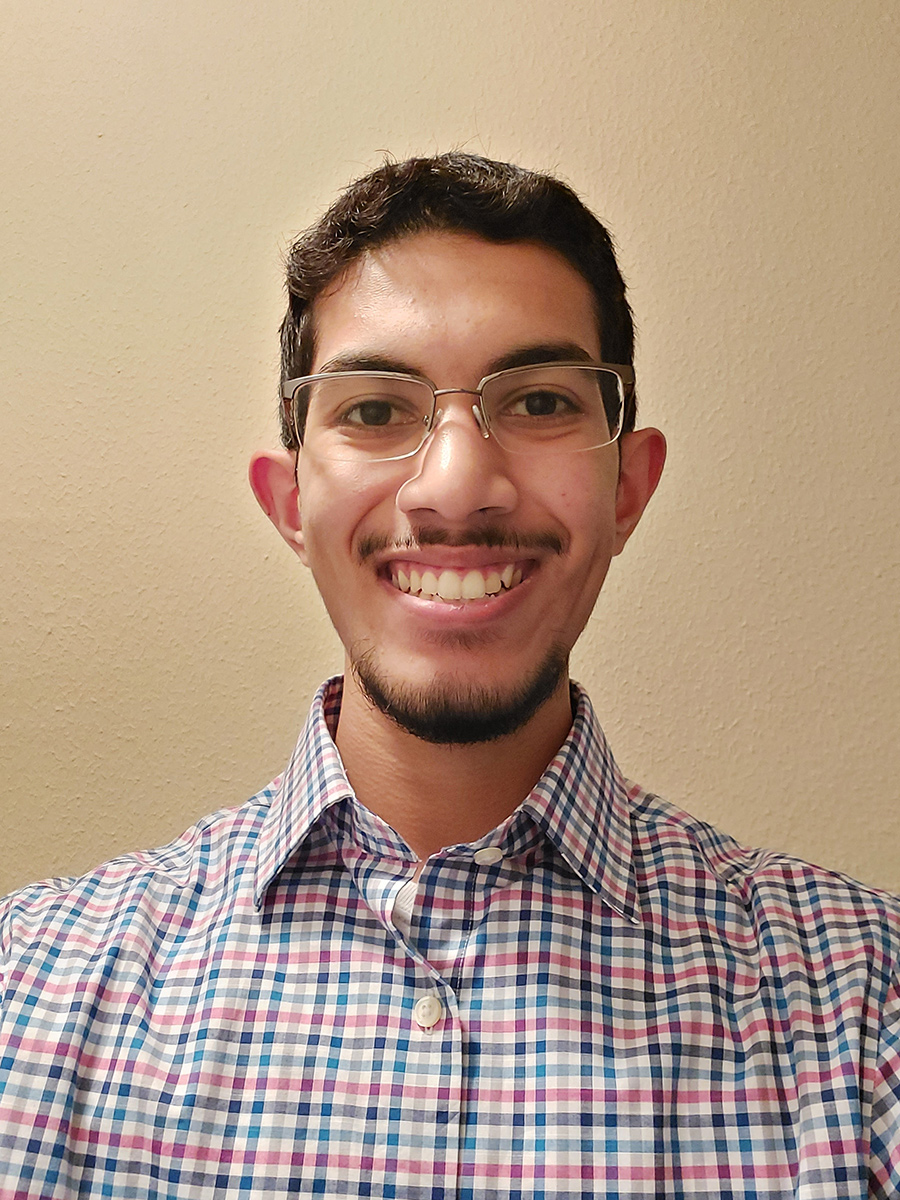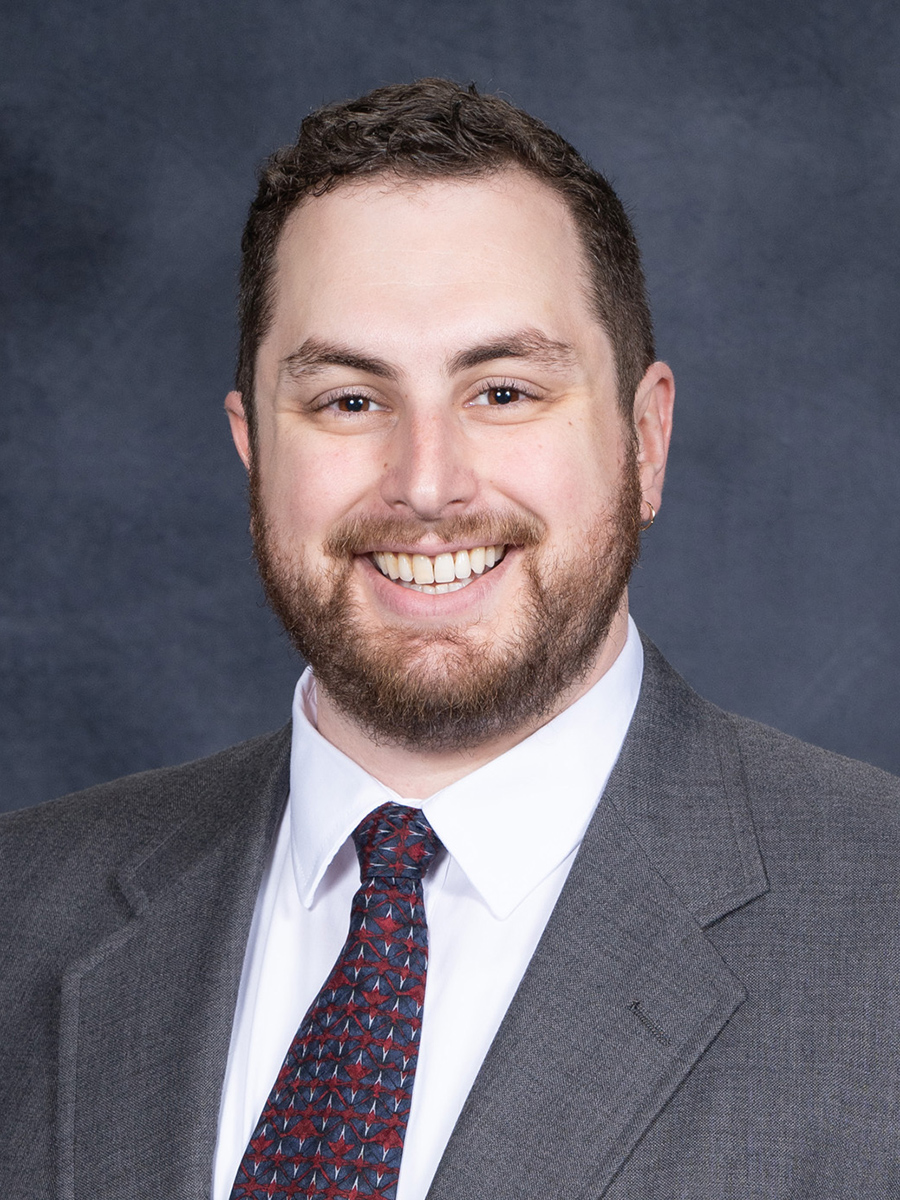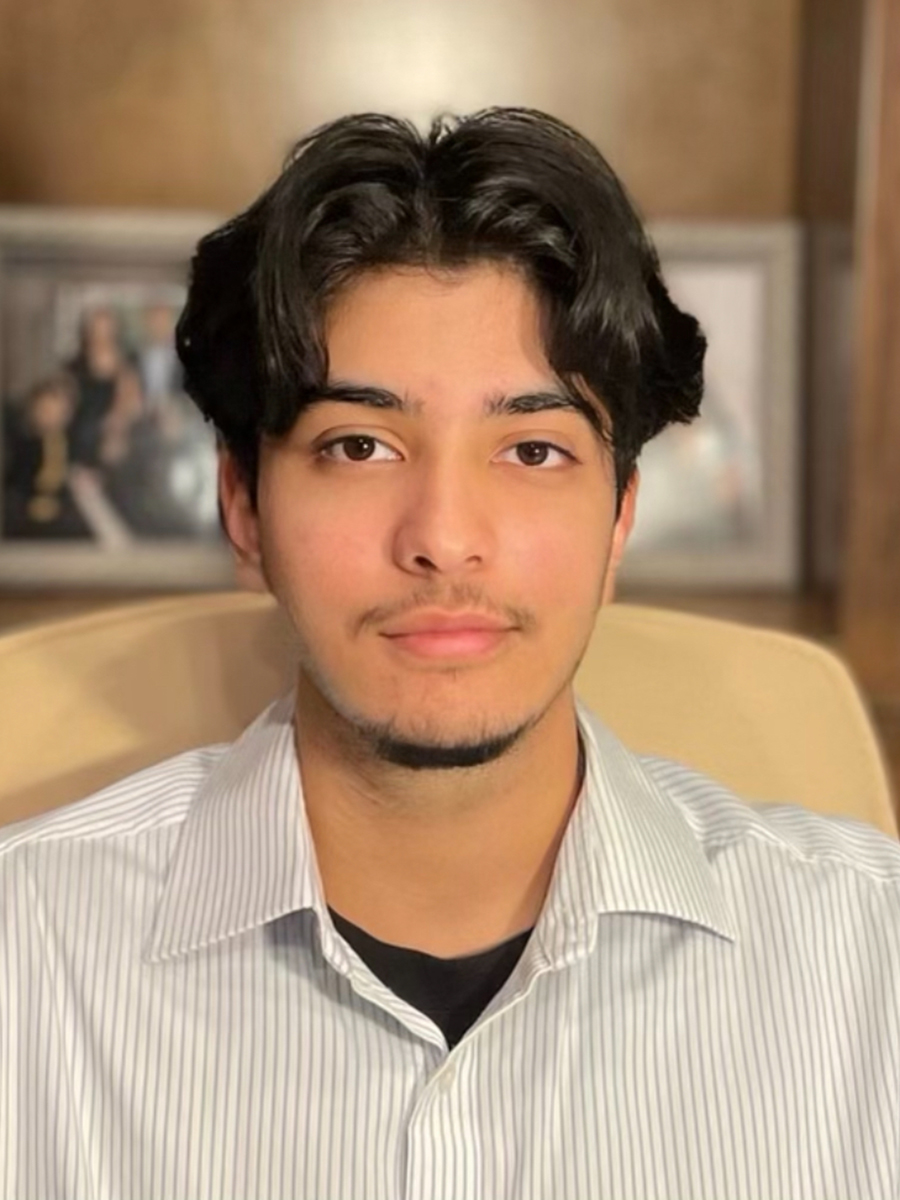Samsung Austin Semiconductor donated $1 million to Texas A&M University to prepare and train engineers in semiconductor manufacturing.
Seventeen students from the Department of Electrical and Computer Engineering received Samsung fellowships to join research teams and work on innovative hands-on projects for two semesters with the intent to publish their outcomes.

"The semiconductor industry is on the rise right now, so having this kind of experience is extremely useful for my future career," said Atef Huda, an electrical engineering junior. "This is a great program. You can learn a lot, especially if you want to go into semiconductors."
Huda is a member of a research team investigating the fabrication and characterization of memristor crossbars. A memristor is a type of circuit component that can hold different current values. His team aims to develop crossbars that allow matrix multiplication with varying voltage values to speed up machine-learning processes using chips.
"We will be observing how the circuit behaves when running current through it," he said. “I'm learning much more than I would have learned just through my coursework."
Before this fellowship, Huda became familiar with making and testing chips at the AggieFab Nanofabrication Facility. This summer, he plans to intern with a leading semiconductor company to run hardware and software tests on the chips to ensure they work correctly.
Jonathan Trevino, an electrical engineering senior, has been working for AggieFab as a student cleanroom technician learning microfabrication processes before accepting his fellowship. Now, Trevino and his team are conducting experiments using a technique to characterize electric fields and plasmas called electric-field-induced second harmonic generation at the Texas A&M Aerospace Laboratory for Lasers, Electromagnetics and Optics (ALLEMO).

During these experiments, they pass a laser through a low-pressure glass chamber with an electric field set up in the middle. Inside the glass chamber, the electric field causes some of the incoming laser light to shift wavelength (color) as it passes through. From that phenomenon, they can measure the strength and directionality of the electric field based on the light they capture on the other end.
Two-photon absorption laser induced florescence is another technique that will be implemented further along in the project.
"I'm quite happy and excited to be a part of this research project," Trevino said. "And I'm delighted with my decision to come to A&M. I'm a non-traditional student because I went to work and then returned to school. It took some time for me to figure out what I wanted to do.”
“Looking back, I'm grateful that opportunities like this are available because they have made a big difference in my life. And hopefully, if I do some impactful work, it'll make a difference in many people's lives."
Another fellowship recipient, Dhruv Nandwani, shares a similar passion for semiconductors, harboring a curiosity for the inner workings of computers from a young age.
"I was always fascinated by Moore’s Law and how computer chips somehow get faster every year," said Nandwani, an electrical engineering junior. "When I got to A&M, I learned more about semiconductors through my classes and realized that the semiconductor industry is a perfect fit for me. Researching semiconductors is what I've always wanted to do."

This fellowship allows Nandwani to research a new area of semiconductor technology, the synthesis of 2D semiconductors. He will work on making chips smaller, at just a few atoms thick, so that more hardware can fit into a computer and create more processing power.
Last summer, Nandwani worked as a verification engineering intern at Micron Technology, a semiconductor manufacturing company. He helped ensure chips worked before fabrication through a virtual simulation process.
"I just thought it would be a good thing to have some experience in every facet of the industry, which motivated me to apply for the fellowship," he said. "With my internships, I gained experience with the design and verification of chips. Now, I will learn about fabrication and the chemical composition of chips."
This summer, Nandwani will round out his skill set as a validation intern at a leading semiconductor company, working to verify the required standards and specifications of semiconductor devices.
These are just a few electrical and computer engineering students who will benefit from the generosity of Samsung Austin Semiconductor. Others include Jacinto Rodriguez Shahin, Annalaine Whitson, Jamari Ferron, Nicholas Mozyrsky, Miguel Lopez-Almendarez, Molly Jackson, Bailey Faulk, Parker Anderson, Brittney DeWald, Ian Farrar, Dominic Garofolo, Aaron Lee, Amol Gupta as well as graduate student Nazmus Saadat As-Saquib.